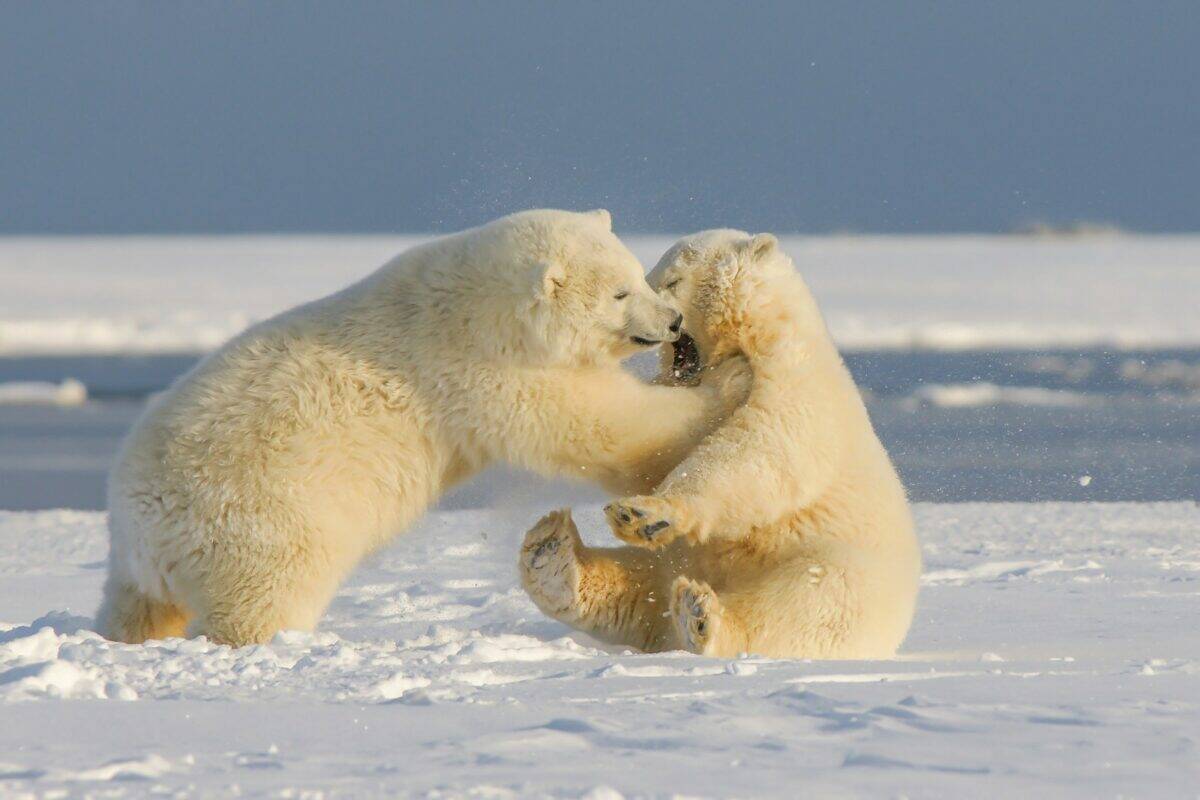In the depths of North American forests, a 500-pound grizzly bear rolls playfully in a meadow, tossing a piece of bark into the air and pouncing on it like an oversized kitten. In Arctic regions, polar bear cubs wrestle on ice floes, developing muscles and social skills crucial for survival. These seemingly carefree moments reveal something profound about one of nature’s most formidable predators: bears play, and their playful behavior offers remarkable insights into both animal cognition and our own evolutionary history. Play isn’t just recreation for bears—it’s a sophisticated evolutionary adaptation that enhances survival, builds crucial skills, and even suggests surprising cognitive parallels with humans. By understanding why bears engage in play, we gain unique perspectives on learning, development, and the intricate connections between seemingly disparate species in the animal kingdom.
The Evolutionary Purpose of Bear Play
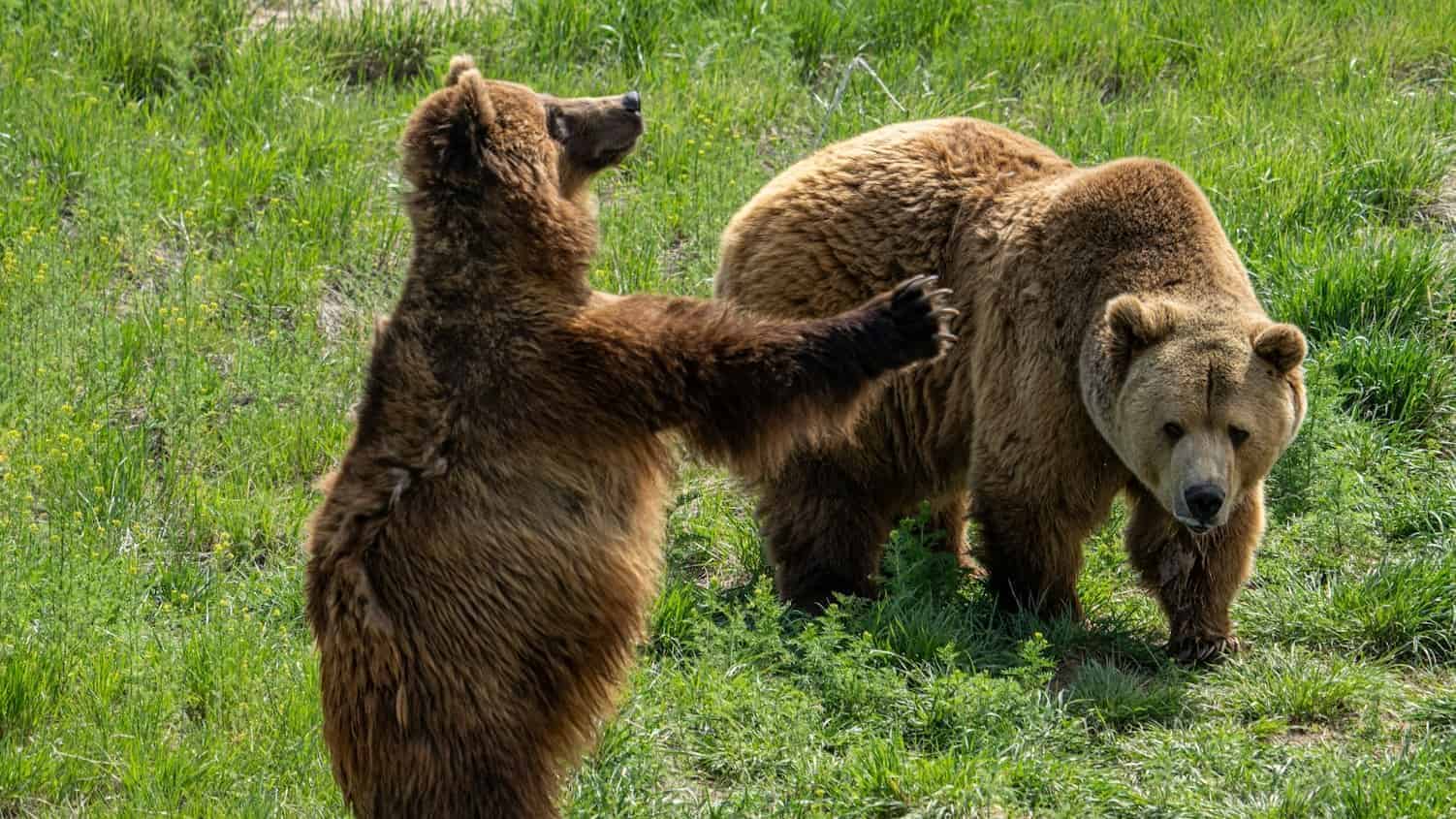
Play behavior in bears represents millions of years of evolutionary refinement. Scientists believe play evolved as a low-risk method for developing essential survival skills—a way to practice hunting, fighting, and escaping without the life-threatening consequences of real situations. For bears, which typically live solitary lives but need complex skill sets to survive in challenging environments, play serves as nature’s training program.
Research indicates that bear species exhibiting more diverse play behaviors tend to have larger brain sizes relative to body mass, suggesting a connection between play complexity and cognitive development. This pattern mirrors what we see across mammals, where more intelligent species generally engage in more elaborate play. Bears, with their remarkable problem-solving abilities, demonstrate that play isn’t frivolous—it’s a sophisticated adaptation that enhances neural pathways and improves survival outcomes in unpredictable environments.
Types of Play Observed in Bears
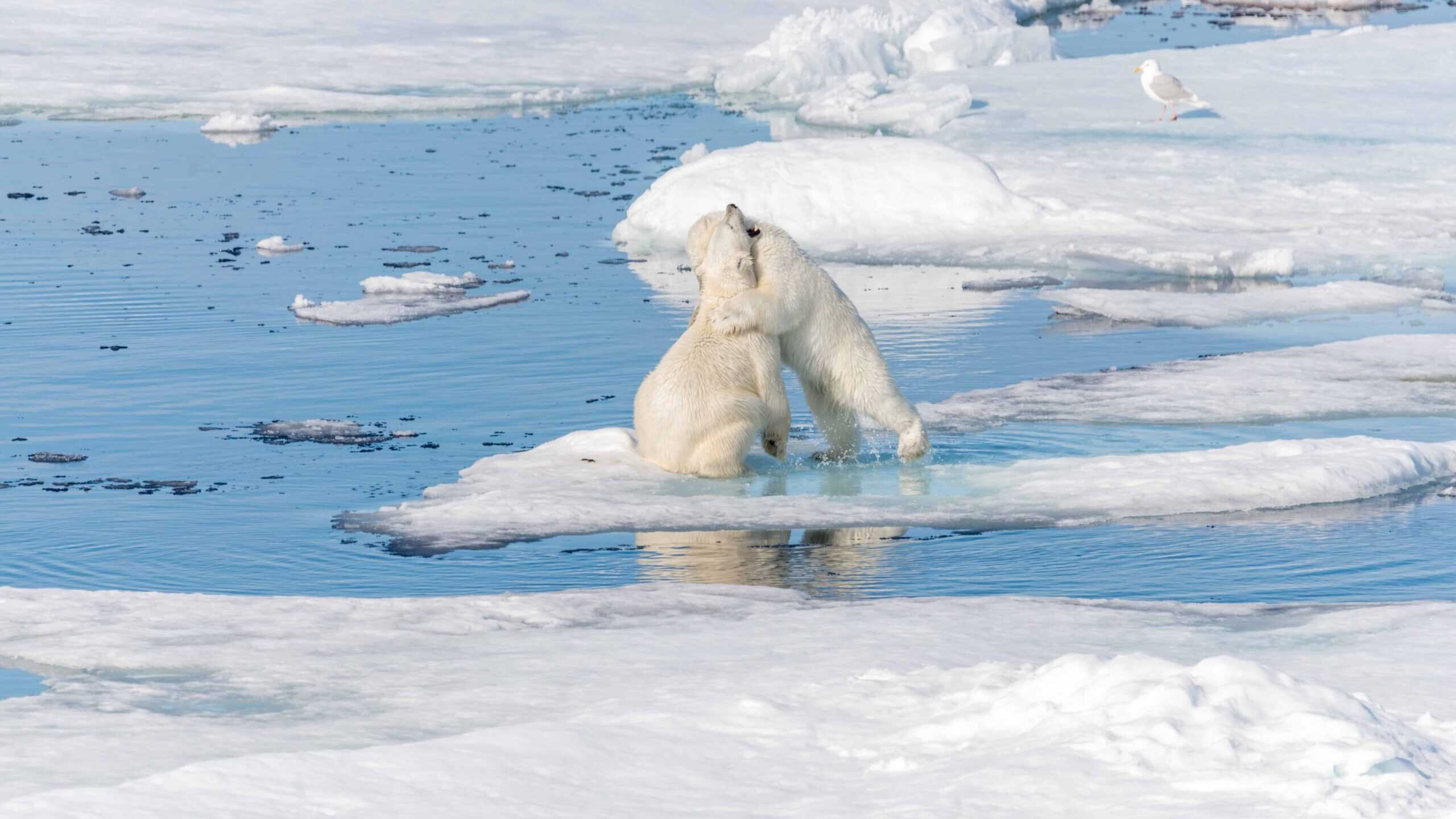
Bear play broadly falls into three categories: locomotor play, object play, and social play. Locomotor play includes activities like running, climbing, sliding, and swimming without any apparent goal beyond the activity itself. Brown bears have been observed sliding down snowy slopes repeatedly, while black bears may climb trees and descend headfirst in what appears to be purely recreational activity. These movements help bears develop physical coordination and build muscular strength.
Object play involves manipulation of items in the environment—bears might bat at branches, toss rocks, or roll logs. This behavior is particularly important for developing dexterity and understanding how objects in their environment behave. Social play, most common between cubs or siblings, includes wrestling, chasing, and play-fighting. These interactions establish social hierarchies and teach bears about appropriate force and boundaries. All three types of play contribute to a bear’s physical and cognitive development, preparing them for the challenges of adult life.
Cubs at Play: Building Critical Life Skills
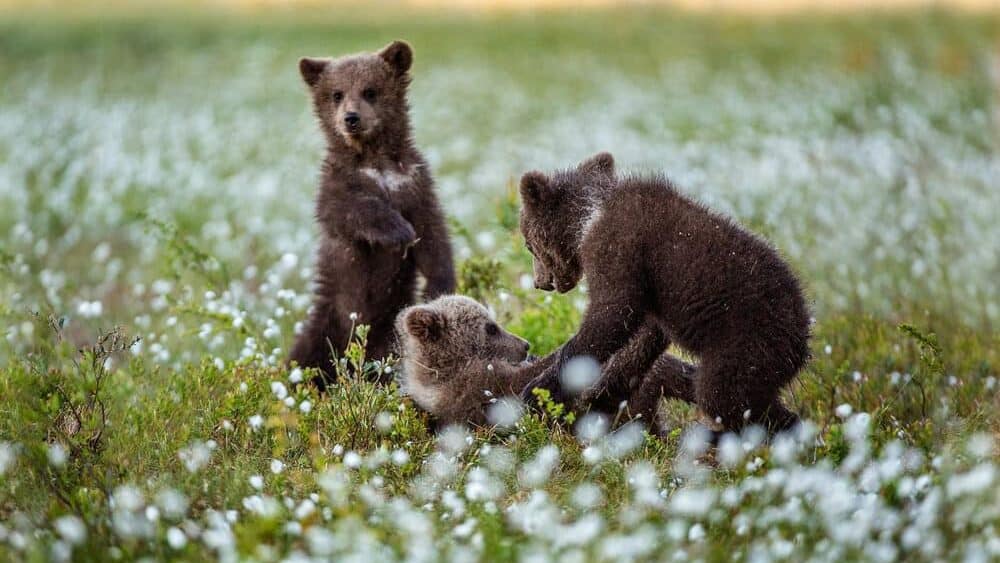
Bear cubs engage in play with an intensity and frequency that highlights its developmental importance. During the first two years of life—when cubs typically remain with their mother—play constitutes up to 18% of their waking activity. This period coincides with rapid brain development and the acquisition of crucial survival skills. Play fighting teaches cubs how to defend themselves and eventually compete for mates, while playful exploration of their environment helps them learn which plants are edible and which terrain is navigable.
Scientists at the University of Tennessee who studied black bear cubs found that individuals who engaged in more diverse play behaviors showed better problem-solving abilities later in life. The study tracked cubs from playful interactions through to adulthood and discovered that those with rich play experiences were more successful at accessing difficult food sources and adapting to changing environmental conditions. This research suggests that play isn’t just practice for specific skills but helps develop cognitive flexibility—the ability to adapt and innovate in response to challenges.
The Cognitive Benefits of Object Manipulation
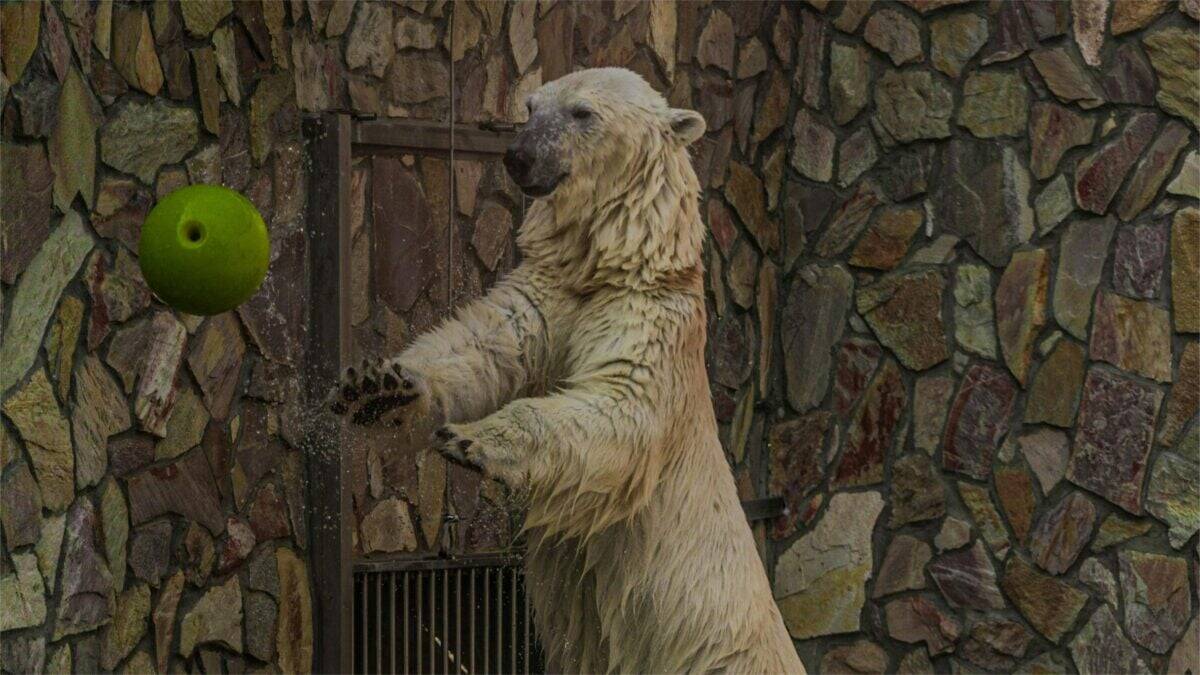
When a bear repeatedly tosses a pine cone in the air or rolls a log back and forth, they’re engaging in a sophisticated learning process. Object play allows bears to understand physical properties like weight, texture, and movement in a way that static observation never could. This hands-on investigation builds neural pathways dedicated to problem-solving and tool use. Remarkably, brown bears in coastal regions have been observed using rocks to scratch itchy parts of their bodies and sticks to dislodge food—behaviors that likely developed through playful object manipulation.
Research from the University of Washington has documented bears in captivity creating elaborate games with enrichment objects, sometimes combining multiple items in ways that suggest planning and creativity. In one notable case, a Kodiak bear named Takoda at Oregon Zoo was recorded stacking multiple objects to reach food placed at height—demonstrating how play-derived skills can translate into practical problem-solving. This cognitive flexibility mirrors aspects of human learning, where play with objects in childhood builds the foundation for complex tool use and innovation in adulthood.
Social Play and Communication Development
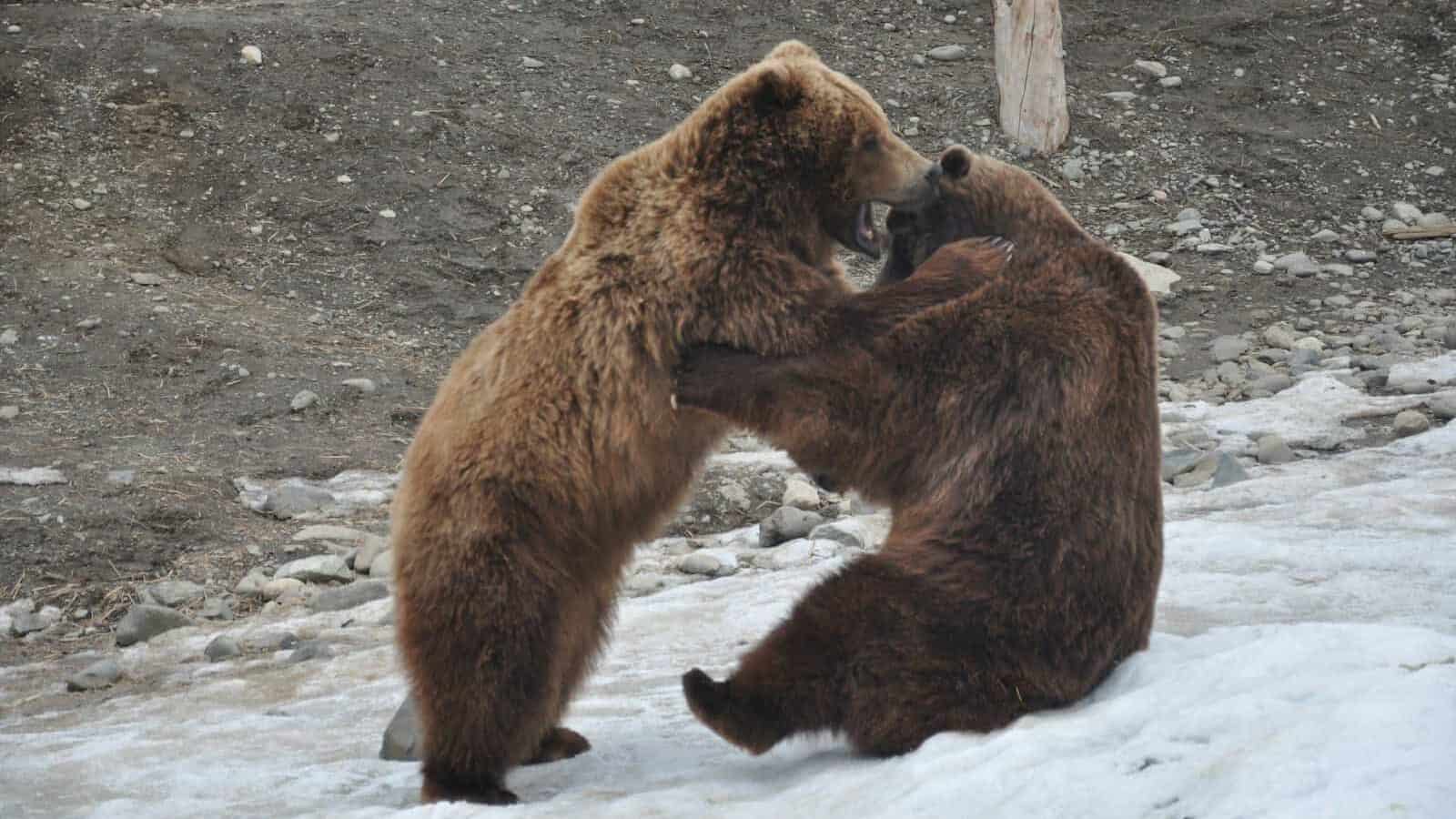
Despite their reputation as solitary animals, bears have complex social structures and communication systems that develop largely through play. When bear cubs wrestle and chase each other, they’re simultaneously learning to read subtle body language, vocalizations, and facial expressions that will help them navigate encounters with other bears throughout their lives. This social literacy proves crucial for avoiding conflicts that could lead to injury or death in adulthood.
Studies of captive bears reveal sophisticated communication during play, including “play faces” (relaxed, open-mouthed expressions) that signal playful intent rather than aggression. Bears also use self-handicapping during play—stronger or older bears will deliberately restrain their strength when playing with smaller companions, demonstrating an awareness of others’ capabilities and limitations. This suggests bears possess a rudimentary form of empathy and social awareness previously attributed mainly to primates and some social carnivores like wolves and dolphins.
Environmental Factors That Influence Play Behavior
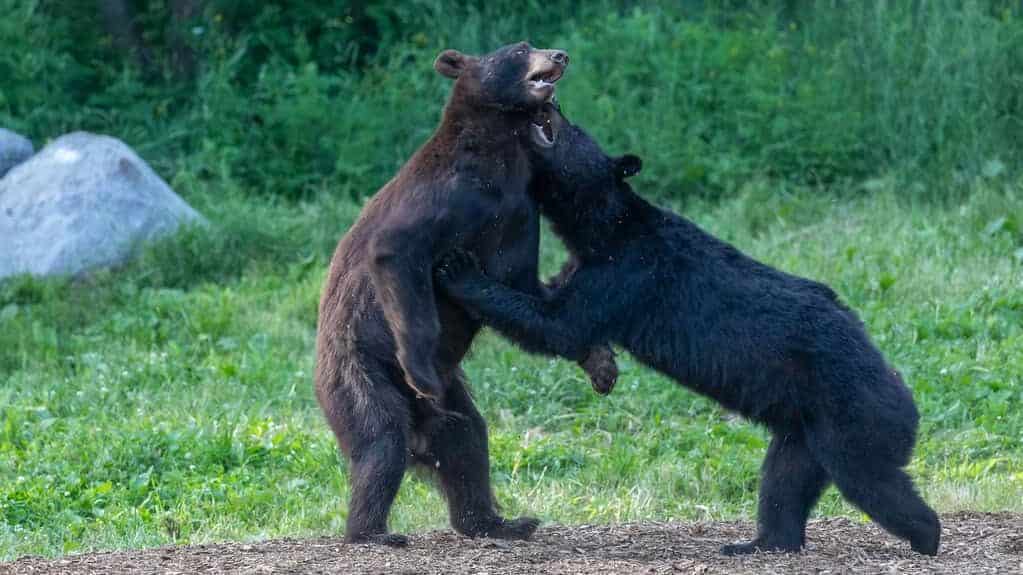
Bear play doesn’t occur in a vacuum—it’s heavily influenced by environmental conditions. Researchers have documented significant differences in play frequency and complexity based on habitat quality, food availability, and climate. Bears in resource-rich environments with abundant food sources typically engage in more frequent and elaborate play behaviors compared to those in harsh or depleted habitats. This pattern suggests play is somewhat luxurious—it happens most when basic survival needs are comfortably met.
Climate change has begun affecting bear play patterns in concerning ways. Studies in Arctic regions show that as sea ice diminishes, polar bear cubs spend less time playing and more time traveling between increasingly distant ice floes in search of food. Similarly, drought conditions in temperate forests correlate with reduced play behavior in black bears as they dedicate more energy to finding scarce food sources. These observations highlight how environmental stressors can compromise developmental processes by reducing opportunities for play-based learning, potentially affecting survival rates of future generations.
Play as Stress Relief and Emotional Regulation
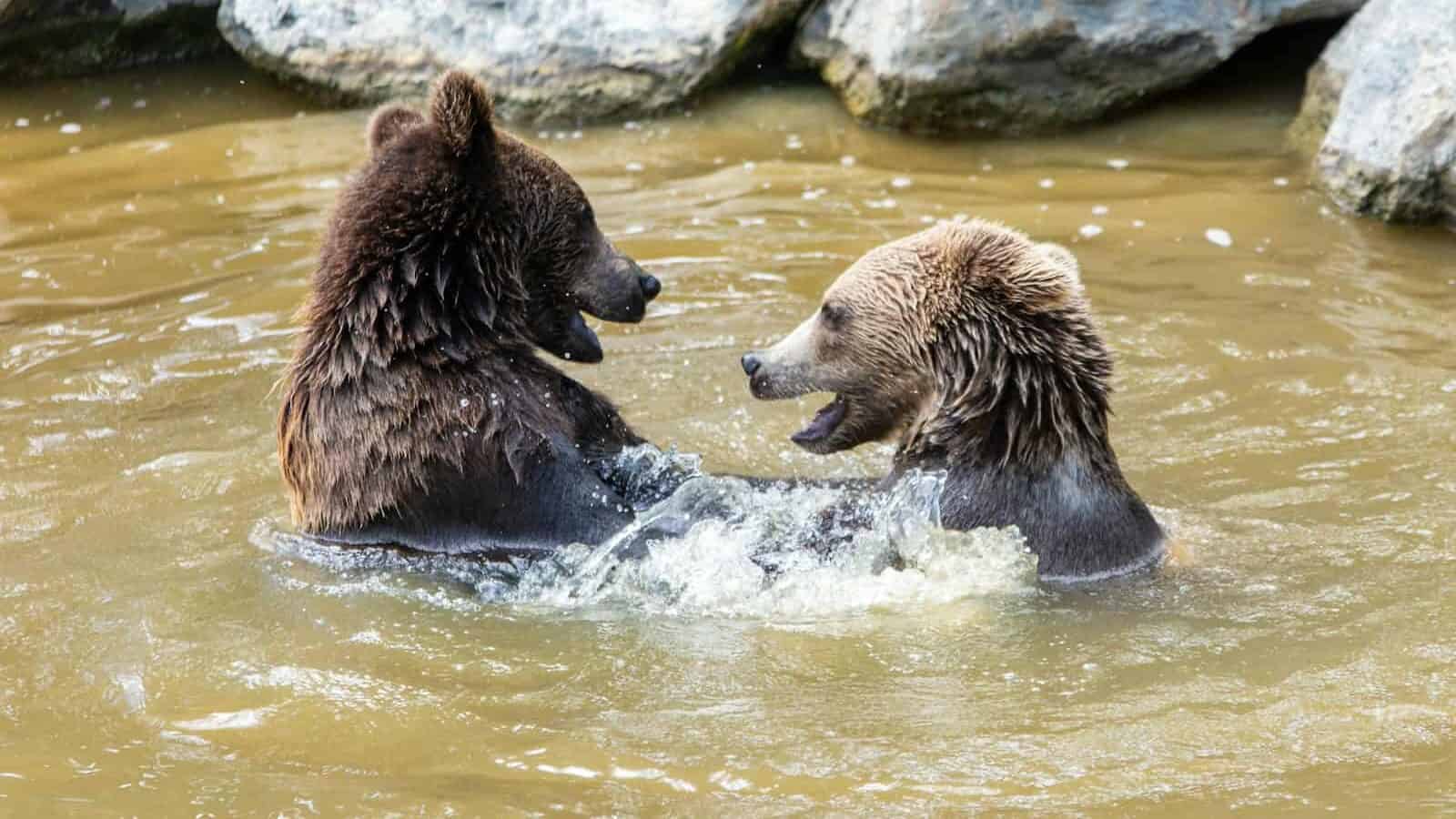
Beyond skill development, play serves another crucial function for bears: stress management. Research from wildlife rehabilitation centers shows that orphaned bear cubs introduced to play opportunities show measurable reductions in stress hormones like cortisol. Play appears to activate reward centers in the bear brain, releasing endorphins and dopamine that counteract the physiological effects of stress. This biological response is remarkably similar to what occurs in humans during enjoyable physical activities.
For wild bears, play may help regulate emotions during periods of social tension or environmental change. Adult bears have been observed engaging in solitary play behaviors after unsuccessful hunting attempts or territorial disputes, suggesting play might help reset their emotional state. Conservation biologists now recognize that ensuring opportunities for play is an important aspect of bear welfare, both in captivity and in wild habitat management. Enrichment programs in rehabilitation facilities and zoos now specifically design play opportunities to support bears’ emotional well-being.
The Role of Play in Adapting to New Environments
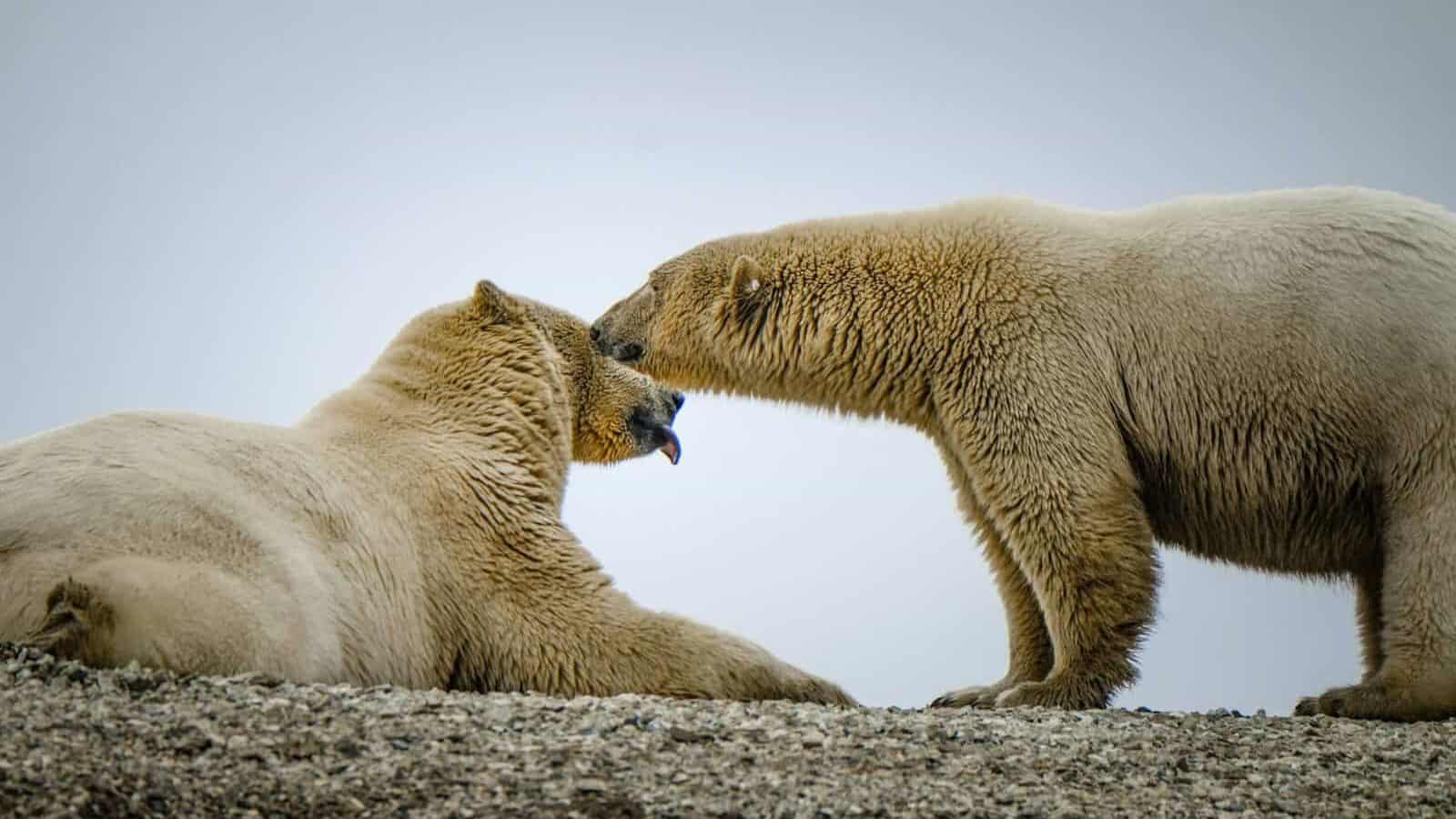
One of play’s most significant evolutionary advantages is how it prepares animals to adapt to changing conditions. Bears that engage in diverse play behaviors develop cognitive flexibility—the ability to approach problems from multiple angles and adapt strategies when initial attempts fail. This adaptability becomes critical as bears face new challenges from habitat loss, climate change, and increasing human encroachment into their territories.
A striking example comes from black bears in suburban environments who have learned through playful exploration to open car doors, operate latches on garbage cans, and navigate human structures. While these behaviors sometimes create human-wildlife conflicts, they demonstrate the remarkable adaptability that play-based learning enables. Similarly, researchers have documented grizzly bears in Yellowstone developing new fishing techniques as climate change alters river conditions and fish behavior. The bears that most successfully adapt often show higher rates of exploratory play behavior, suggesting play’s crucial role in innovation and adaptation.
Comparing Bear Play to Other Species
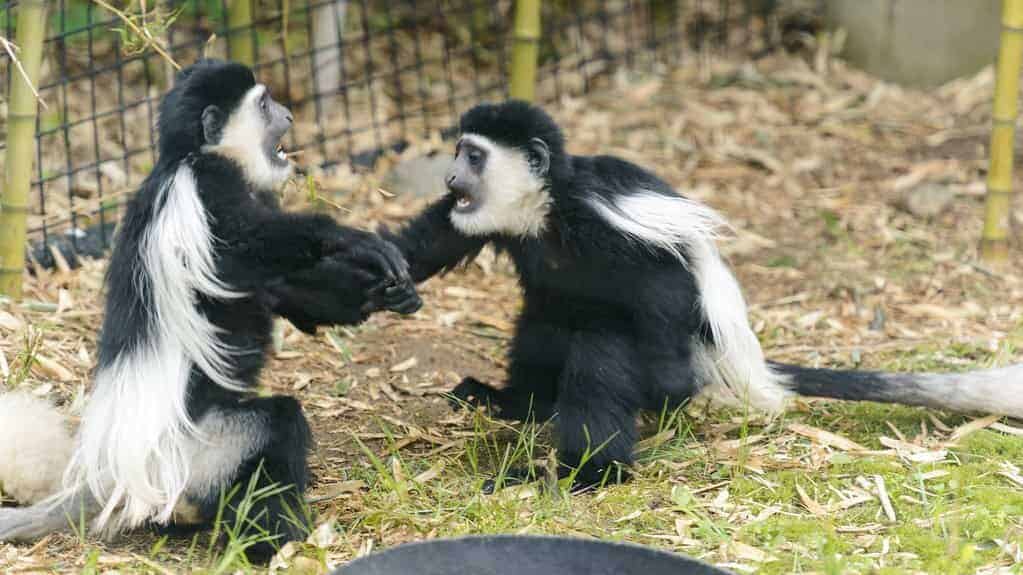
Bear play exhibits fascinating parallels with other intelligent species while maintaining distinct characteristics. Like primates, bears engage in complex object manipulation and social play that builds both physical and cognitive skills. However, bear play typically involves less imitation than primate play—bears seem to learn more through independent exploration than by copying others. Compared to social canids like wolves, bears engage in less ritualized play, with fewer consistent “rules” governing their interactions.
What makes bear play particularly noteworthy is how it combines traits typically seen in both predators and prey species. Bears display the object manipulation and problem-solving play of primates alongside the physical practice of hunting techniques seen in dedicated carnivores like big cats. This hybrid play style reflects their omnivorous niche and ecological flexibility. Marine biologists have noted interesting similarities between bear play and that of certain marine mammals like otters and dolphins—all species that combine high intelligence with physical dexterity, suggesting convergent evolution of play behavior in animals with similar cognitive capabilities despite vastly different environments.
What Bear Play Teaches Us About Human Development
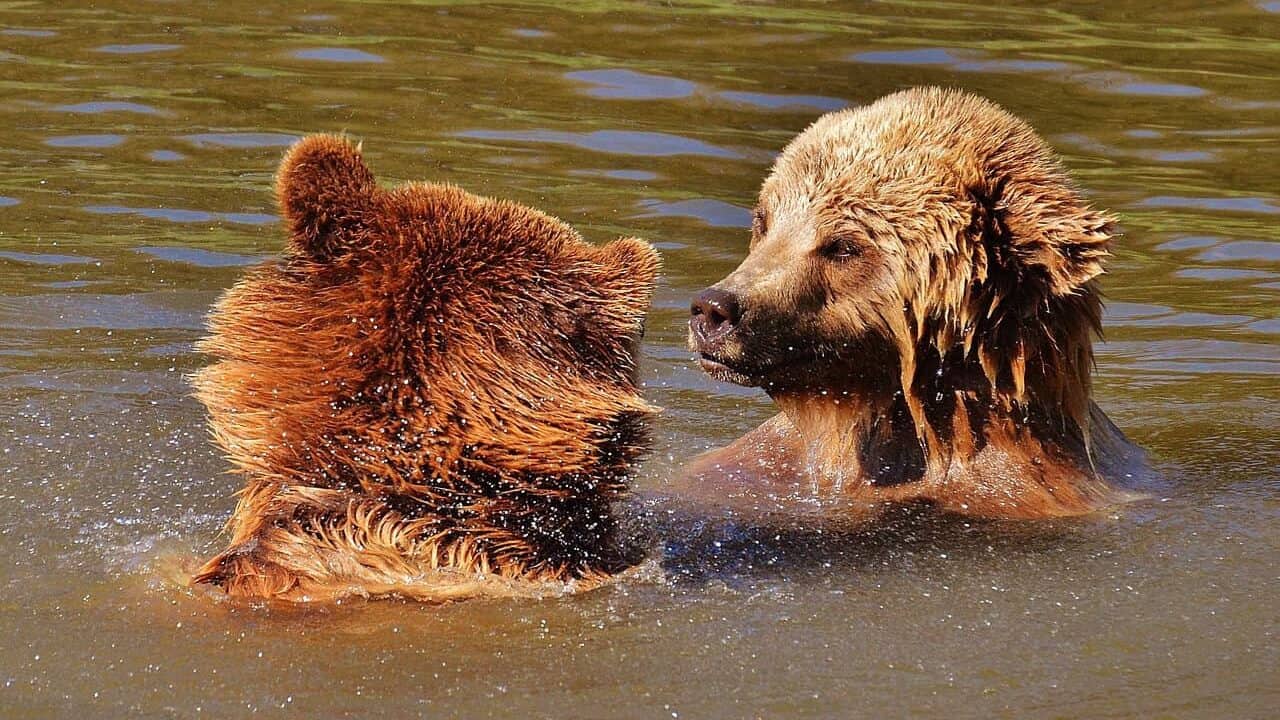
The similarities between bear play and human play offer compelling insights into our own developmental processes. Both bear cubs and human children use play to develop physical coordination, learn about their environment, and practice social interactions. The progression from simple physical play to more complex social and imaginative play follows remarkably similar patterns across both species, suggesting deep evolutionary roots for these developmental stages.
Developmental psychologists have begun looking to bear play as a model for understanding the importance of unstructured, exploratory play in human children. As educational systems increasingly emphasize structured learning at earlier ages, the bear model suggests we may be undermining important developmental processes. Studies show that children who engage in frequent free play—particularly outdoor exploration and physical play—develop better problem-solving abilities and emotional regulation, mirroring the benefits bears receive from their play behaviors. This parallel suggests that despite our technological advancement, humans retain core learning mechanisms shaped by millions of years of mammalian evolution.
Conservation Implications of Understanding Bear Play

Recognizing the importance of play in bear development has significant implications for conservation efforts. Protected habitats must include not just food sources and denning sites but also features that facilitate play—varied terrain, climbing opportunities, water features, and natural objects that can be manipulated. Conservation biologists now advocate for wildlife corridors that connect bear populations to include diverse landscapes that support the full range of bear behaviors, including play.
For rehabilitation efforts with orphaned or injured bears, play opportunities have become recognized as essential rather than optional. Facilities that successfully reintroduce bears to the wild incorporate structured play opportunities that mimic natural challenges bears will face. Wildlife managers also use knowledge of play behavior when designing enrichment for captive bears, recognizing that bears deprived of play opportunities often develop stereotypic behaviors like pacing or self-harm. By understanding the cognitive and emotional importance of play, conservationists can better support bear welfare in both captive and wild management contexts.
The study of bear play offers profound lessons that extend far beyond understanding a single species. First, it reminds us that play isn’t frivolous—it’s a sophisticated evolutionary adaptation that serves crucial developmental functions across intelligent species. Second, the parallels between bear play and human play highlight our shared mammalian heritage and the deep evolutionary roots of learning through exploration and practice. Third, the way environmental stressors impact bear play serves as a warning about how habitat degradation affects not just animal survival but their developmental processes and cognitive potential.
Perhaps most importantly, bears at play challenge our assumptions about the dividing lines between humans and other animals. When we observe a bear cub joyfully sliding down a snowy hill only to climb back up and repeat the process dozens of times, we’re witnessing something that transcends species boundaries—the universal pleasure of learning through play. In this shared experience, we find both scientific insight and a deeper connection to the natural world, reminding us that in protecting spaces for bears to play, we honor something fundamental to what makes us all living, learning beings on this planet.
- The Best US National Parks for Spring Wildlife Watching - August 24, 2025
- Why Bears Play—and What It Teaches Us - August 24, 2025
- 12 Dog Breeds That Can Survive a Coyote Attack - August 24, 2025

